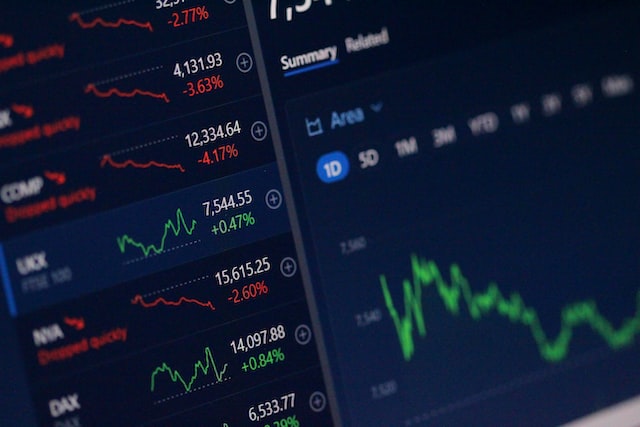
Digital regulatory reform in 2023: what does the Digital Markets, Competition and Consumer Bill promise to deliver?
March 14, 2023
India allows foreign qualified lawyers to practise and set up firms in country without permission to appear before courts and tribunals: A Game Changer move for next-gen lawyers
March 18, 2023Disclaimer: This article is written by Oundo Nancy. Any views and opinions expressed in this article are those of the writers and do not necessarily reflect the views or positions of the team editor nor any entities they represent.
Introduction
Adidas, the second biggest manufacturer of sports clothes and shoes may be projecting an annual year loss of 700 million euros. This is estimated to be its first annual loss in three decades. This is highly attributed to the termination of one of its successful collaborations with the Yeezy brand last October and a 50 % drop in sales in China due to strict Covid restrictions, such as lockdowns in the major cities. The termination of its nine-year partnership came after Kanye West, the face of Yeezy, made a series of antisemitic comments which led to piles of unsold Yeezy stock. This article will discuss the background of the Adidas brand and analyse the impact of its loss on the company.
Background information
Adidas was started in 1949 by Addi Dassler and is a multinational corporate group owned by several shareholders. Its main headquarters are in Herzogenaurach, Germany and employs over 60,000 people across the world. The Adidas group is famous for its three stripes trademark logo and has partnered with celebrities such as Pharrell Williams, Stella Mc Cartney and Beyonce among others. It has also sponsored big tournaments such as the World Cup and the Olympics. This all works to show that it has been successful until this crisis. During the failed Yeezy partnership crisis, its CEO Karper Rorsted stepped down from the business, leading to the appointment of Bjorn Gulden to run the company. Adidas has slashed its dividends and bonuses to deal with this crisis but is still struggling with issues, such as inventories, which include unsold Yeezy sneakers, estimated at 400 million euros.
Impact of its projected loss
This projected loss may lead to Adidas being overtaken by the designs of its competitors such as Nike and Puma. Additionally, it is likely to lose more consumers and a further decline in sales if it decides to sell the unsold Yeezy stock. This is because selling the Yeezy stock could be interpreted as supporting Kanye West’s behaviour and so their options of lowering their inventory may be limited. Its low sales may lead to low levels of investment in the business. However, looking to the positive side, this crisis could give Adidas a chance to transition and come back stronger. It could give Adidas time to lower its inventory levels and refocus on improving their products for consumers which would enhance their financial performance by leading to more investment and sales in the long run. Adidas could also consider venturing into more consumer markets to try and offset the losses it suffered from one of their biggest consumer markets, China, during their lockdown.
Conclusion
Adidas has been extremely successful since it started but 2022 hit them largely due to the terminated partnership with Yeezy, which is estimated to lead to a 1.2 billion euro decline in revenue. A half drop in sales in China, one of its biggest consumer countries, also partly contributed to this loss. Adidas is still struggling with the consequences of this big projected loss. Examples of these consequences include the decision whether to sell the unsold Yeezy stock and the loss of its CEO who had worked for the business for close to five years. Despite all this, the new CEO, Gulden, is optimistic for the future of Adidas as he states that 2023 will be a transition year and they will resume making profits in 2024.





